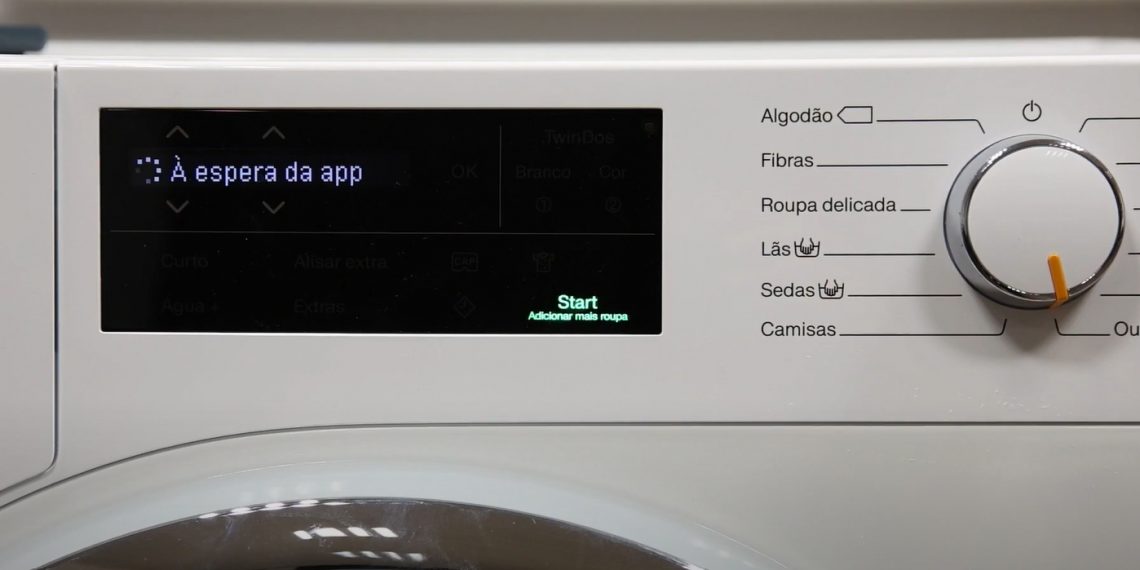The InterConnect project brought the concept of interoperability into our homes and provided residential consumers the possibility to contribute to a more resilient power grid. A tool consisting of an energy manager and a mobile application made this possible. The result? More participation, less network load at peak times and “reduced intensity in terms of carbon produced”.
What if we could know the best time to turn on the washing machine and do our laundry? Or the time of day when the grid has the flexibility required to charge our electric vehicle? This is possible – and INESC TEC has proven it through a solution that facilitates the management of energy flexibility by residential consumers.
The tool is one of the outcomes of the InterConnect project. For four years, INESC TEC led 50 partners who tested solutions in large-scale demonstrators in seven different countries, contributing to the resilience of the European power grid. Energy consumption at home is a key aspect of this project, and this solution designs a window for the consumers to directly perceive the impact they may have on the distribution network.
“One of the objectives was to make citizens aware of the existing activities in the flexibility market, which will influence their lives and energy consumption in the very near future”, explained Vasco Campos, researcher at INESC TEC.
Schedule to save
Success. In the four-month pilot, 238 participants spread over five cities tested interoperable solutions. But how did the project granted the consumers the power to decide? The tool presented by INESC TEC consists of an energy manager and a mobile application: through the energy manager, users received recommendations “to shift” appliances’ loads, i.e., washing cycles, through push notifications; and they were free to accept or reject them.
Here’s an example: a consumer seeks to turn on his washing machine during the afternoon; however, he receives a notification that the power grid would benefit if the same process was carried out hours later. If the user accepts this suggestion the loads are automatically changed by the energy manager, “without the need for further intervention”. Basically, the design involves programming to support the resilience of the power grid, without compromising the level of comfort. Portugal is currently on a path towards the implementation of dynamic tariffs for domestic consumers. This will allow the users to “save money while supporting the resilience of the power grid”. “When that moment comes, INESC TEC’s solution will be validated and ready for implementation,” explained Vasco Campos.
INESC TEC has closely studied this interaction with the flexibility market – and the data collected is encouraging. “During the four-month pilot, we witnessed a 2% reduction in the load at peak times, a reduction of up to 11% in the intensity of the carbon produced by the homes considered in the pilot, and a regular market share (of at least four times a month) of 30% of the buildings,” said Vasco Campos.
The tested energy management solution remains active for project participants and may even reach more homes. “HEMS (Home Energy Management System) features several elements that make it interesting to explore beyond the project – for instance, when it comes to direct connection with manufacturers, interoperable data exchange, and flexibility optimisation”, emphasised the researcher.
Consumers got to know the system even before they received the appliances at home. The Portuguese pilot, led by E-REDES, “travelled” to several cities in the country for workshops dedicated to clarifying doubts and understanding the real needs of those who would use the technology.
And that’s crucial. As Vasco Campos pointed out, since Europe is “increasingly focused on the energy transition”, there is also “a greater need to foster resilience in the European energy system” – and citizens also have a say. Here’s another example: “if all citizens who own an electric vehicle in Europe were to charge it at the same time, our grid would not be able to deal with it. As these vehicles increase, it is important to explore flexibility techniques and to improve energy production efficiency.”
INESC TEC is the owner of the energy management tool, which is playing an “important role in the development of a new code of conduct for the interoperability of smart devices, namely appliances, promoted by the European Commission” and has been used by Miele and Bosch for the development of the code.
The InterConnect project started in October 2019 and ended in March 2024; systems and users interacted in a transparent and sustainable way, without the need to depend on a specific equipment manufacturer. In Portugal, in addition to the residential pilot, the demonstrator also included a commercial pilot.



 News, current topics, curiosities and so much more about INESC TEC and its community!
News, current topics, curiosities and so much more about INESC TEC and its community!